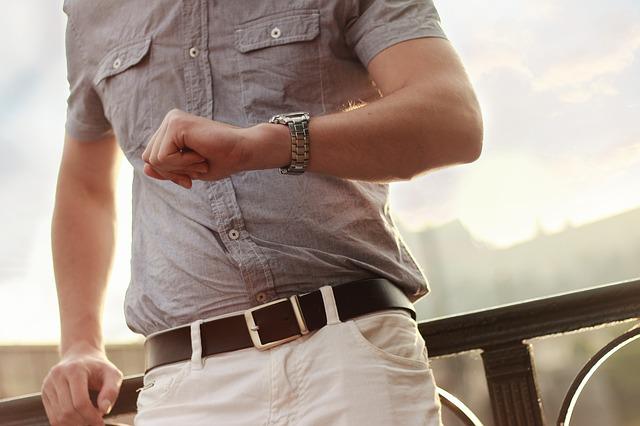Selling old silver is an excellent way to raise some extra money. You can pay off debt, add to your retirement fund, or top your “fun fund” and put it toward your next big splurge. Whatever you decide to do with the money, your old valuables can do a lot more for you than sit around in a box in the attic.
Credit: Jonathan Francisca via Unsplash
Silver comes in all kinds of shapes and types. If you’re trying to find out where to sell silver near you, you may be wondering if you should take different products to different places.
You may be better off taking all silver products to a silver buyer that handles everything from junk silver coins to bullion to high-end jewellery.
To give yourself the best chance at the best price, keep these tips and warnings in mind depending on the type of product you’re hoping to trade-in.
Pocket and Wrist Watches
When it comes to watches, silver is not a metal likely to be found in them. A “silver” watch casing is probably stainless steel, likely because of how easily silver tarnishes, and watches are often in constant contact with human skin and all the oils that come with it.
If there is any silver in your watch, it is probably part of an alloy with gold. There are other white or silver-colored metals that might be used in watches, such as white gold, platinum, or titanium.
That said, it can still be lucrative if you want to sell your old watches. Not only will gold watches have value, but stainless steel watches are increasingly popular and may still have resale value depending on brand and condition.
Silver Jewellery
When it comes to silver jewellery, brand name is everything. Most silver jewellery will be melted down and recycled, so the price you can get for it takes those future costs into consideration.
However, high-end collectible jewelry is easier to resell. A few things to note: jewellery over 100 years old is considered antique, while jewellery older than 20 years is considered vintage. When it comes to vintage, you’re looking at luxury brand names maintaining their value on the secondary market.
Beyond the brand name, there’s also the artist who had a hand in designing the piece. Vintage jewellery buyers are often interested in details like those.
Old Silver Coins
You can wind up with a mixed bag of belongings when it comes to old silver coins, sometimes literally. Coins from different eras will likely have different weights and purities of silver. Depending on the collection you have, it may be worth sorting through it to see if you have any rarer collectibles, especially if you received them properly stored and kept in good condition.
Bullion: Bars and Coins
Silver bullion should make selling your precious metals much easier and more straightforward. Bullion is meant to be an investment vehicle and is usually 99.9% pure silver, cutting out most other alloys that you may find in jewelry and other products.
A bullion buyer is your best bet for this type of coin or bar. This kind of silver usually doesn’t need to be melted down because it’s already in a highly-pure, investment-grade state.
Silver Flatware and Tea Services
When it comes to flatware and tea services, many sellers wonder if they have an antique on their hands. It’s also not always clear whether there is any real silver in belongings like these. Check for a hallmark that should be on any real silver. This is a stamp that will show the item’s silver purity, which usually appears as a decimal number (i.e., .500 is 50% silver).



